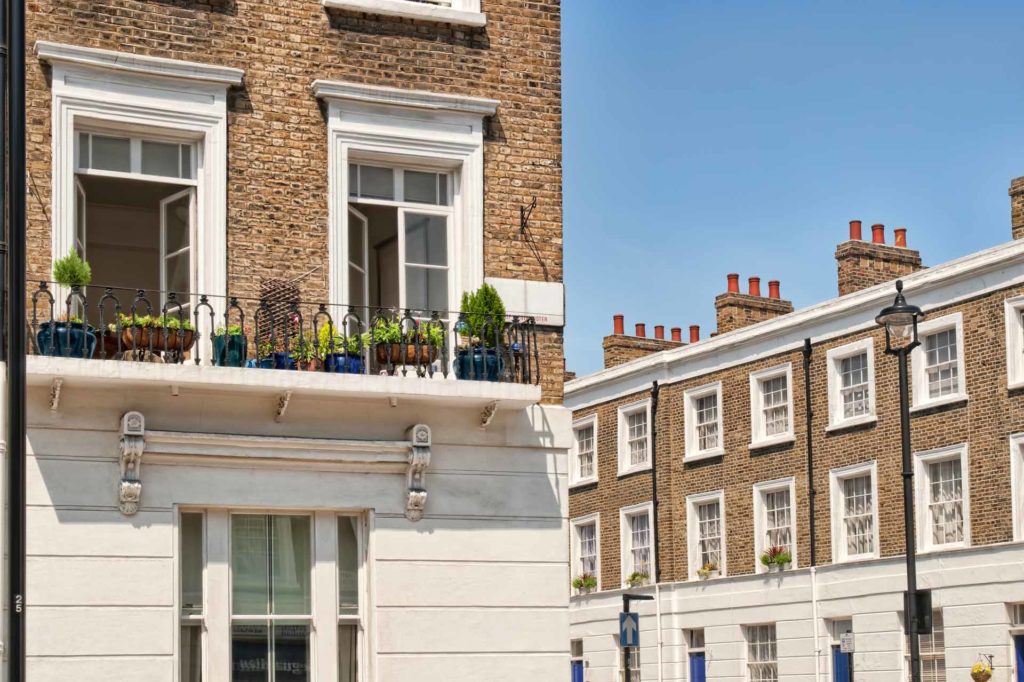
Halifax one of Britain’s biggest mortgage lenders latest house price index date has revealed that house prices dropped 2.9% in January compared to December’s 2.5% rise.
House prices did grow 0.8 per cent in the three months to January compared to the same period last year, with the national average price standing at £223,691.
Russell Galley, managing director of Halifax, said the month-to-month drop was the second time since 2017 that prices have fallen in the new year.
“However, the bigger picture is actually that house prices have seen next to no movement over the last year,” he added.
“This could either be viewed as a story of resilience, as prices have held up well in the face of significant economic uncertainty, or as a continuation of the slow growth we’ve witnessed over recent years.
“There’s no doubt that the next year will be important for the housing market with much of the immediate focus on what impact Brexit may have. However, more fundamentally it is key underlying factors of supply and demand that will ultimately shape the market.”
Those factors include a record high employment rate as wages grow and inflation stays low, but steeper prices mean funding deposits is still difficult.
“On balance therefore we expect price growth to remain subdued in the near term,” Galley said.
Other surveys and the official data point to a slowing UK market, with prices declining in London and parts of the south-east because of Brexit uncertainty, stamp duty changes and a lack of affordable properties.
According to Nationwide, Britain’s biggest building society, annual growth in house prices almost ground to a halt in January, declining to 0.1% – the slowest annual rate since February 2013.
The Nationwide said it was likely that the recent slowdown in the market was due to “the impact of the uncertain economic outlook on buyer sentiment”.
It said this uncertainty among buyers was outweighing the otherwise positive backdrop of “solid employment growth, stronger wage growth and continued low borrowing costs”.
The Nationwide survey, which is based on its own lending data, showed that house prices rose by 0.3%, accounting for seasonal factors, in January compared with December. There was no change in prices in the three months to the end of January compared with the previous quarter.
Robert Gardner, Nationwide’s chief economist, said: “The economic outlook remains unusually uncertain.
“However, if the economy continues to grow at a modest pace, with the unemployment rate and borrowing costs remaining close to current levels, we would expect UK house prices to rise at a low single-digit pace in 2019.”










